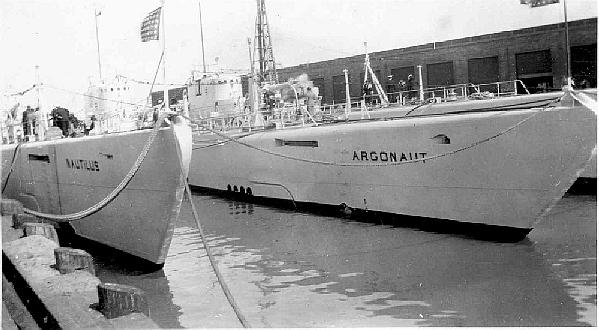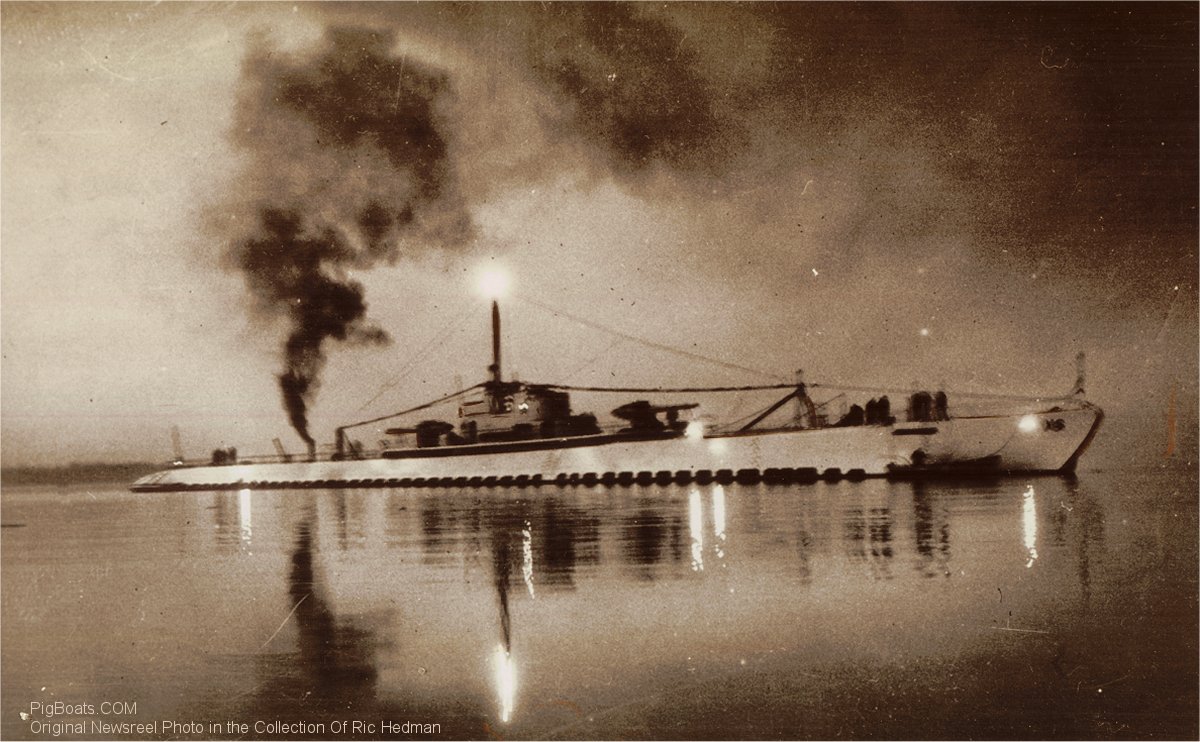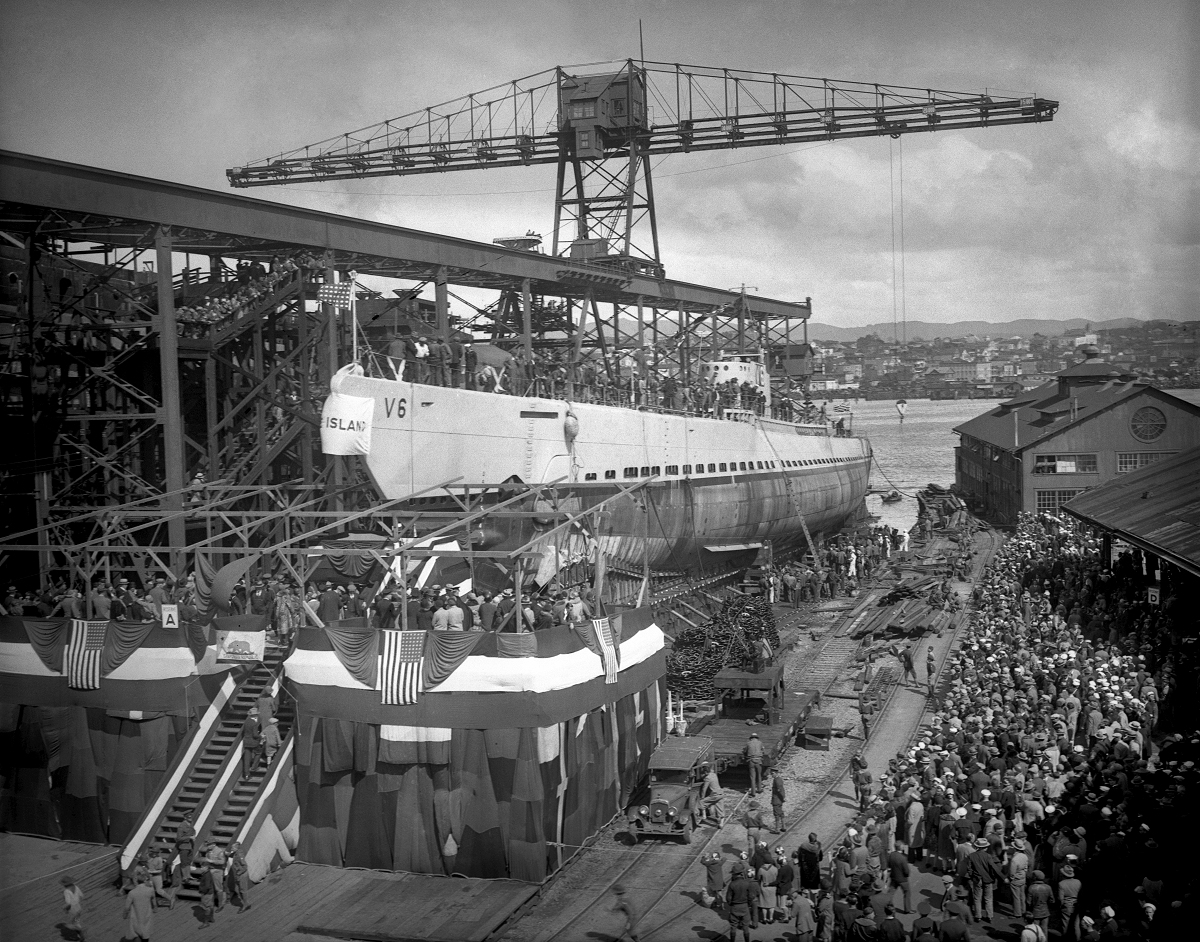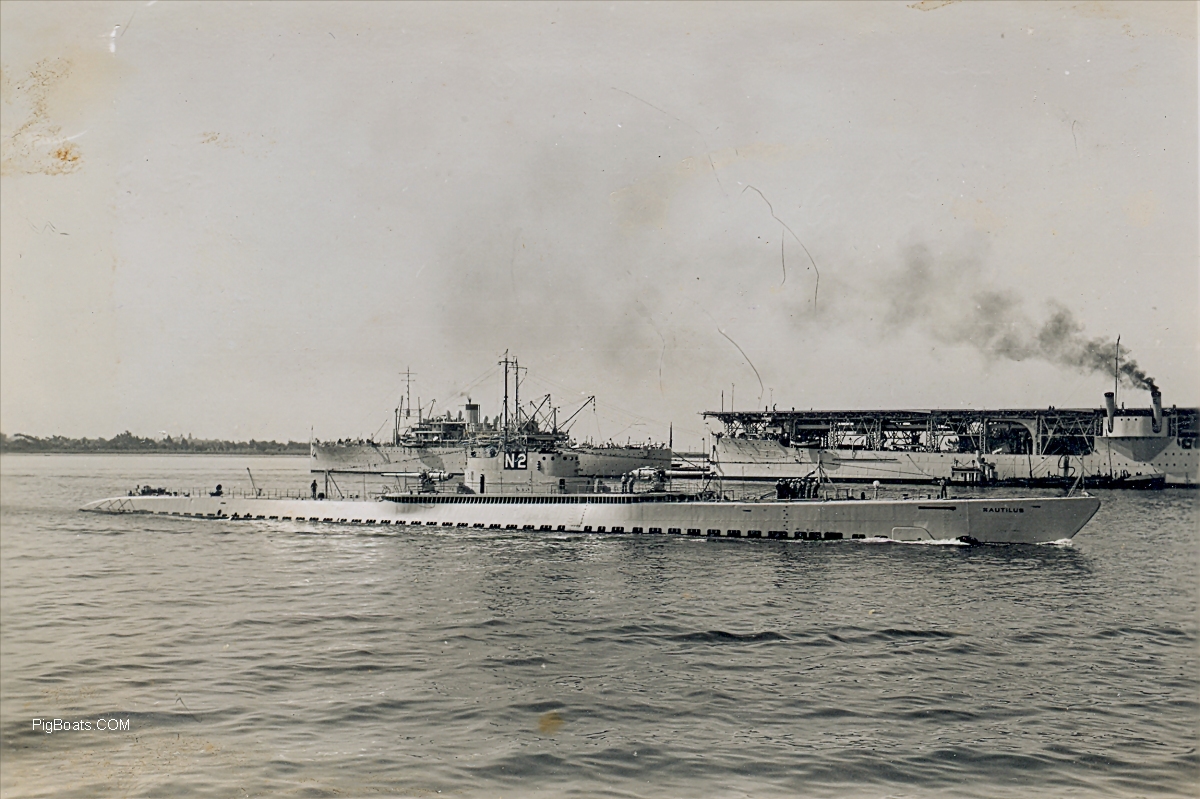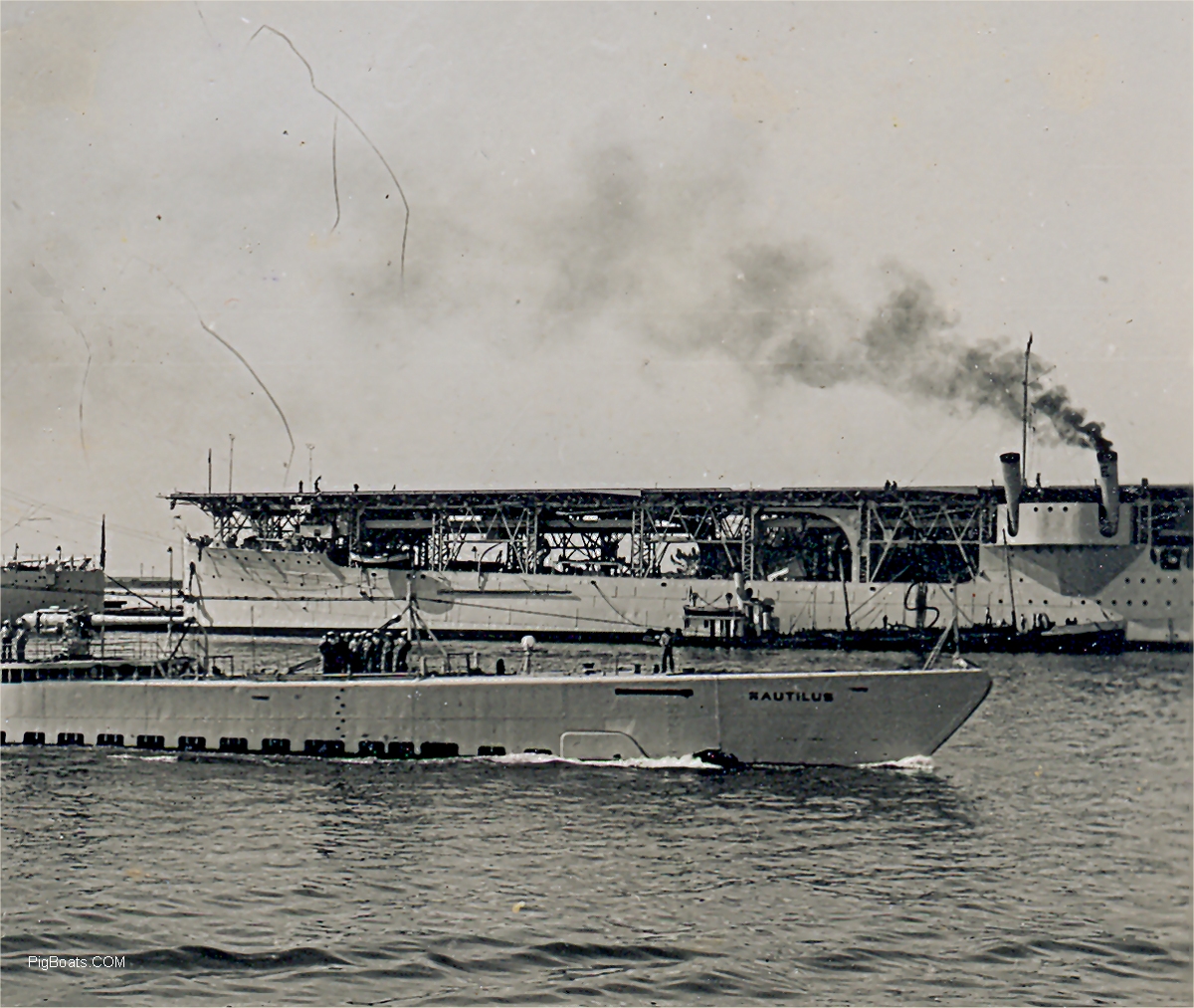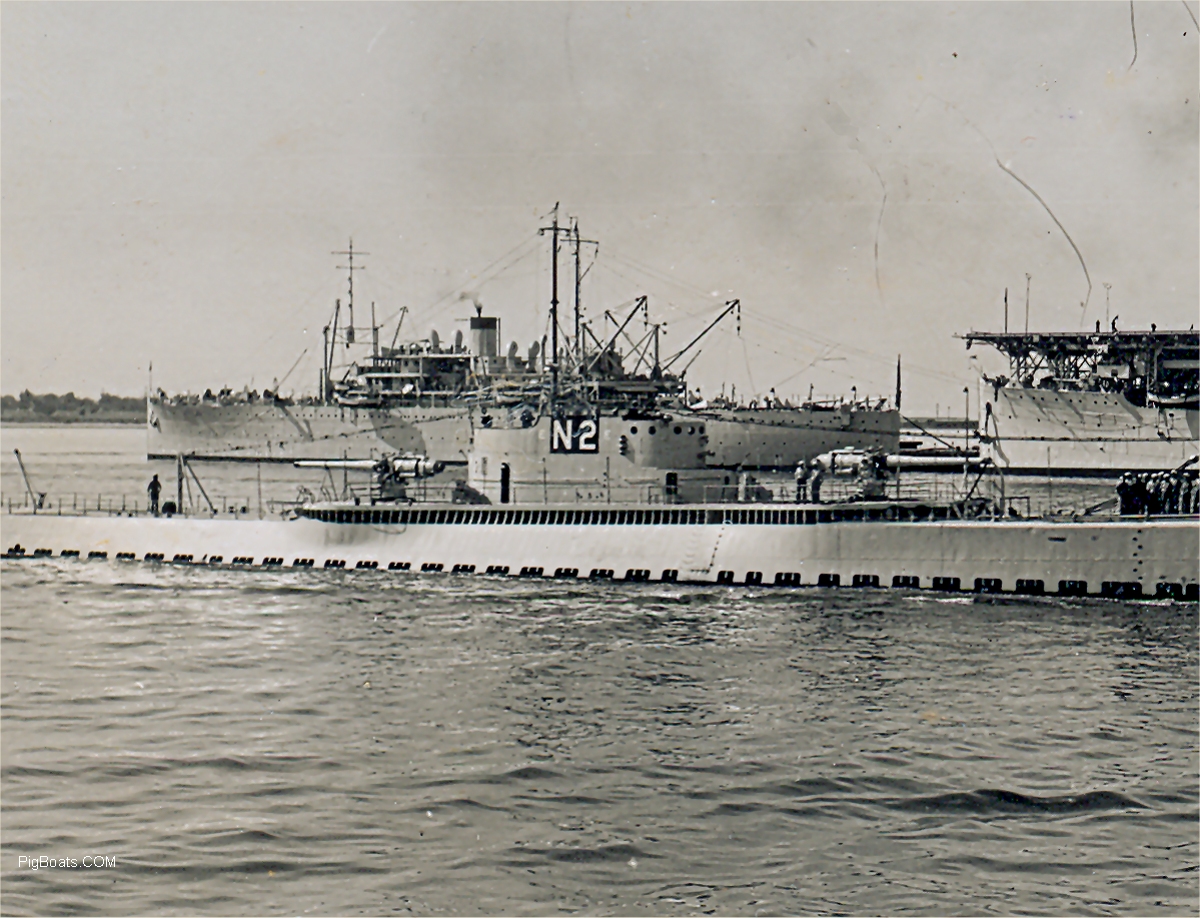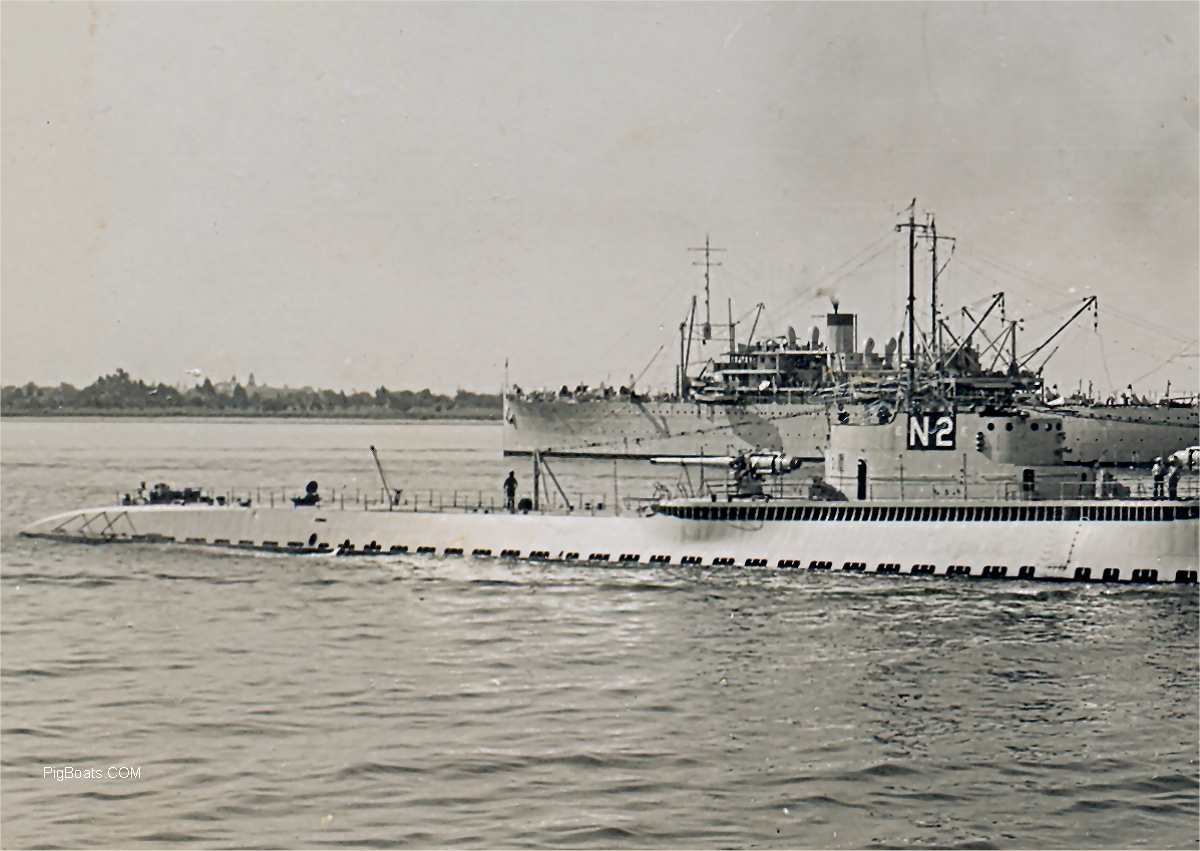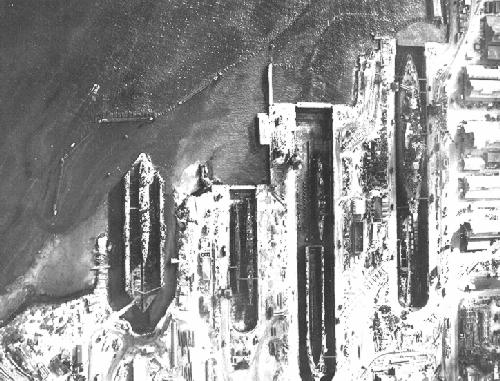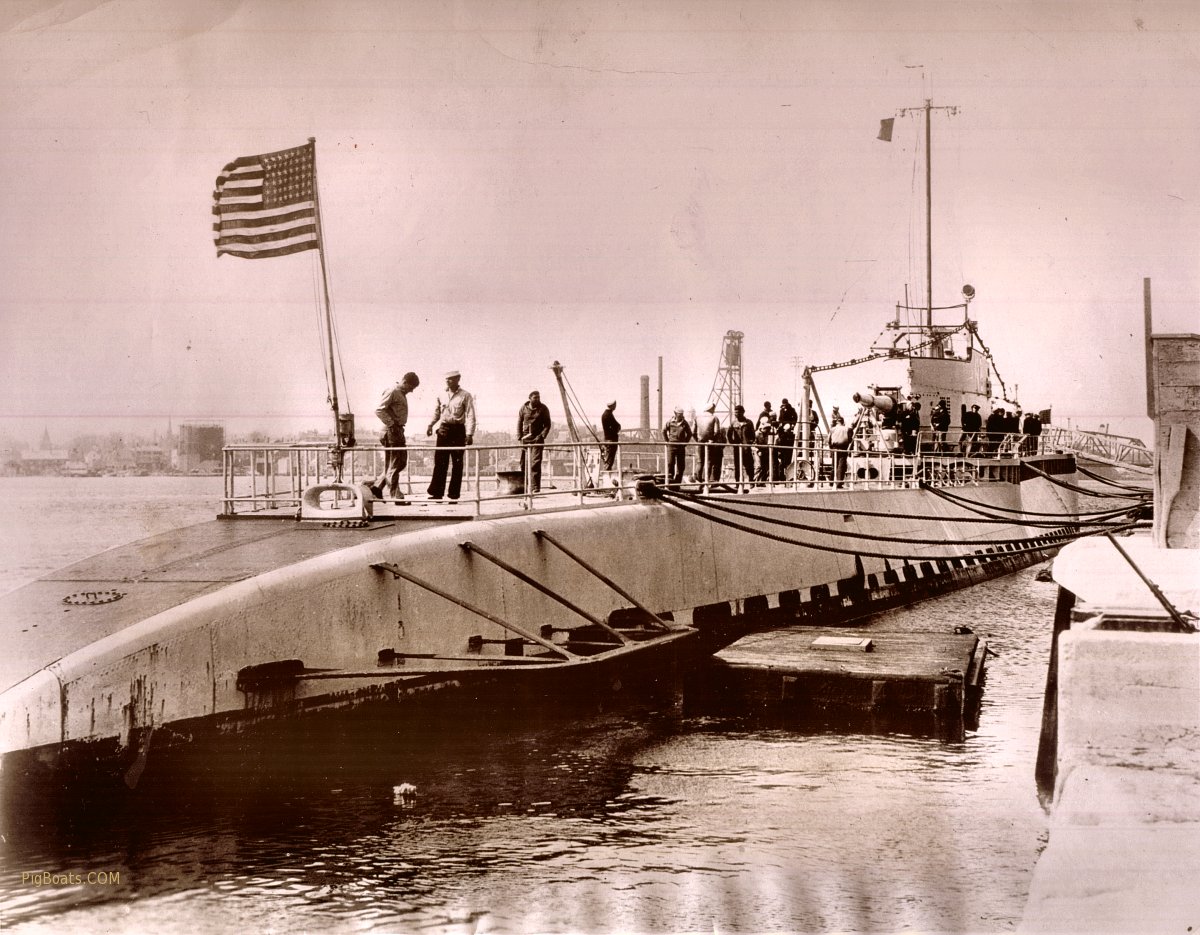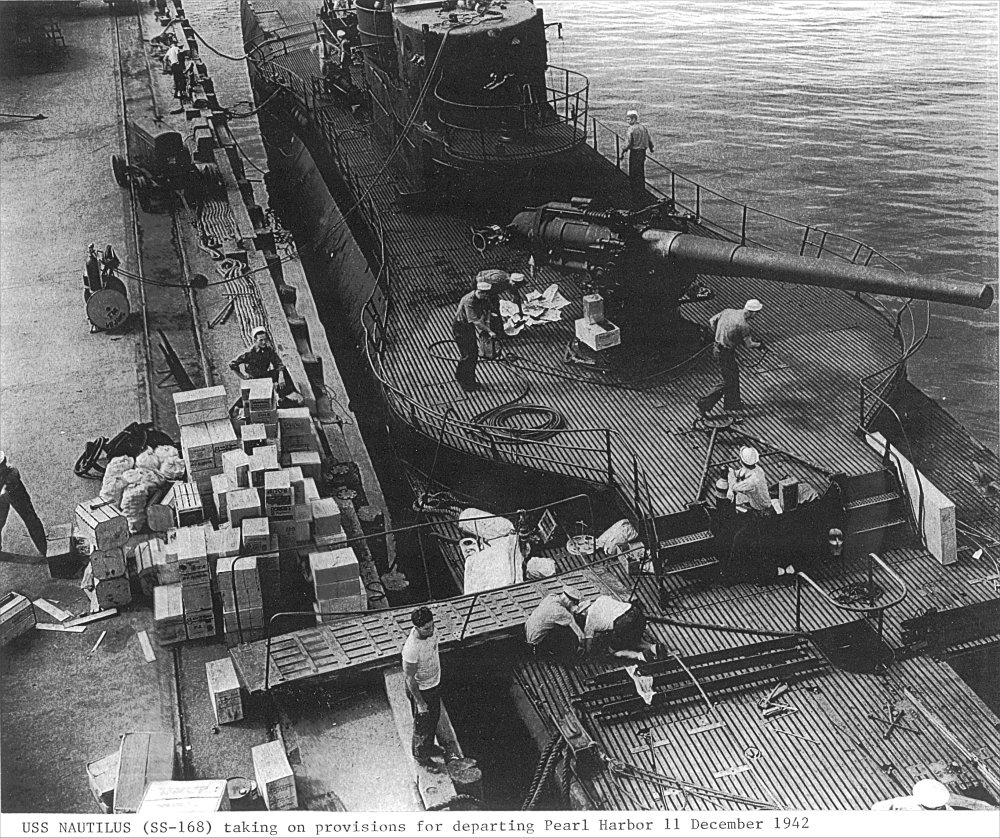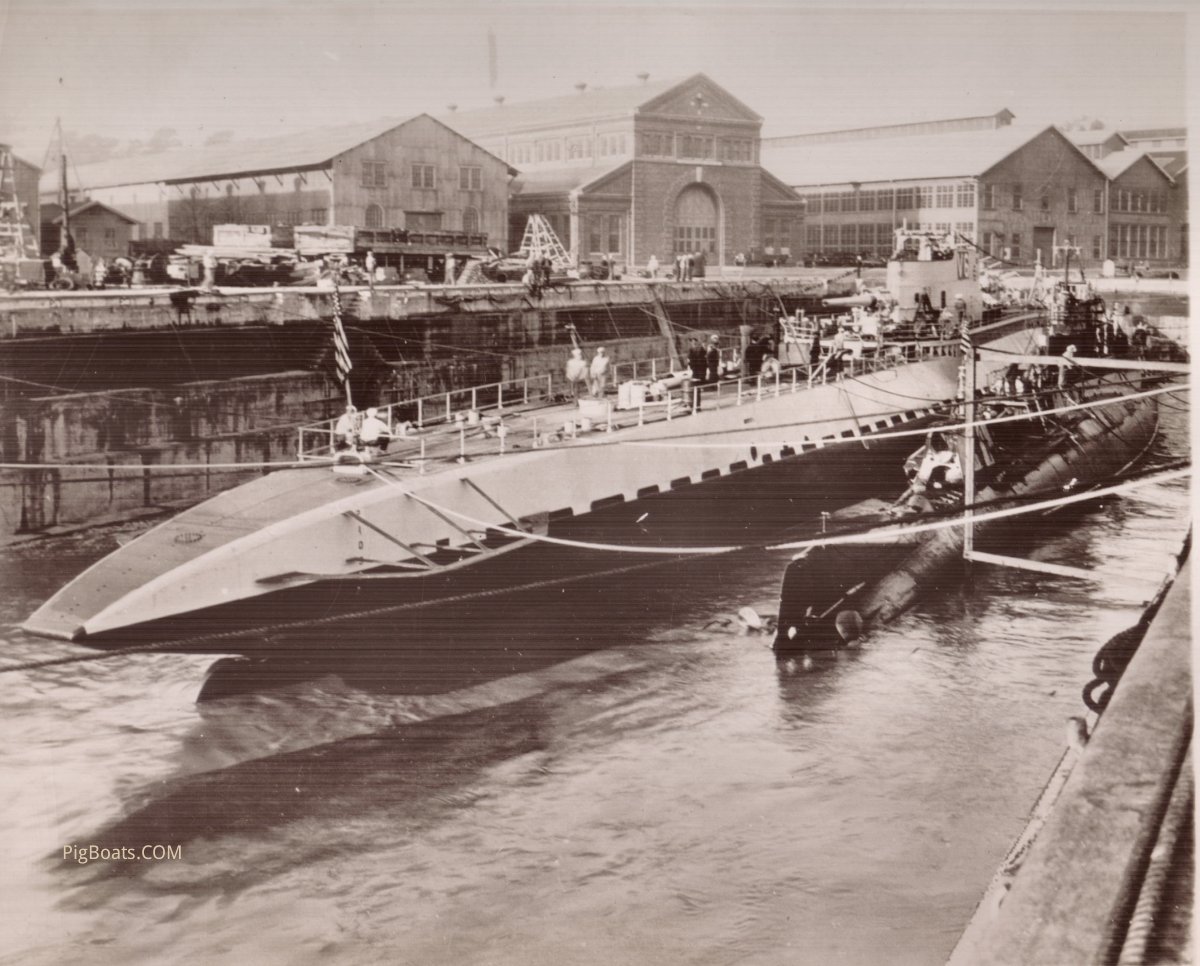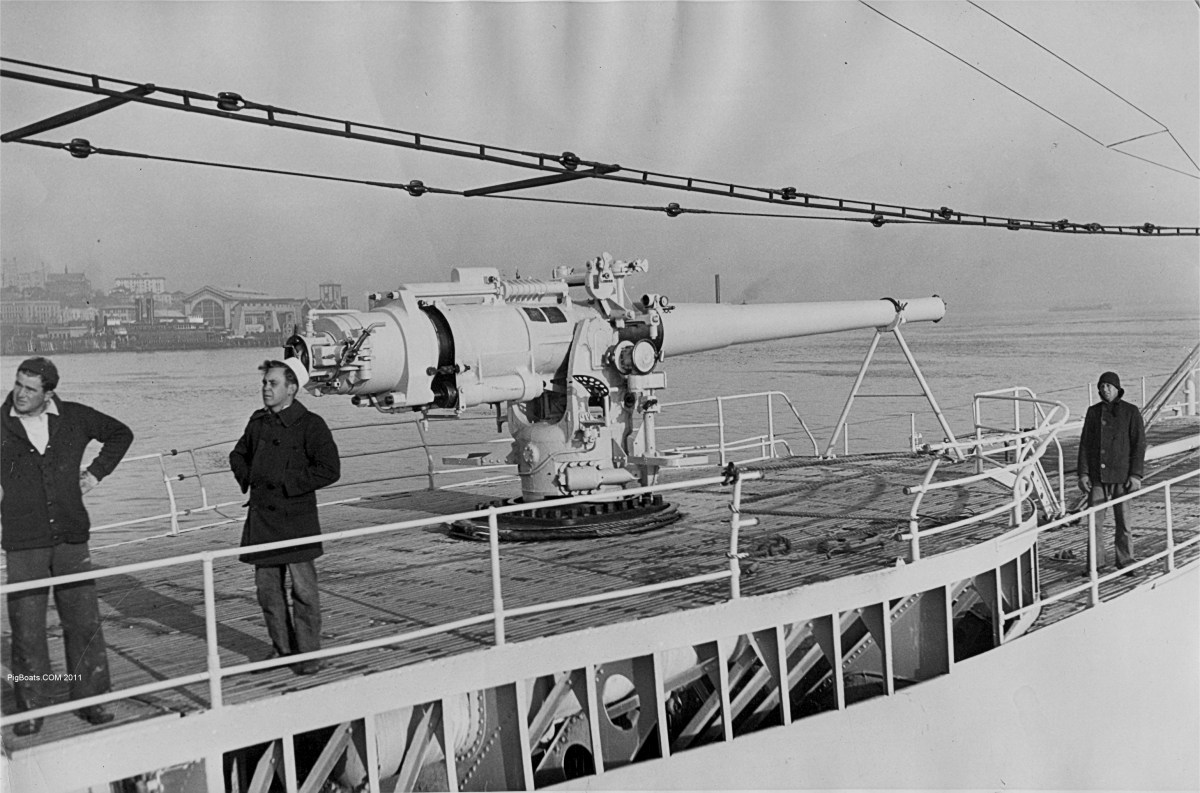168
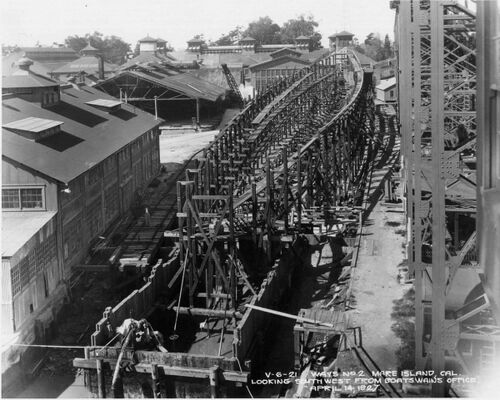
U.S. Navy photo courtesy Darryl Baker
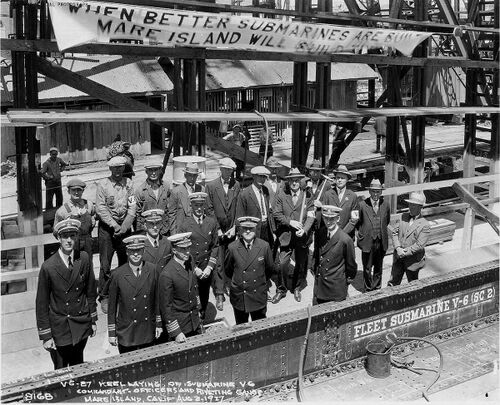
From left to right: Front row; LT J. W. (Duke) Paige, C.C., Ship Supt; CDR E. L. Patch, C.C., Asst. Inside Supervisor, New Work Hull (In general charge of Keel Laying Arrangements); CDR F. J. Wille, Outside Supt.; CAPT C. S. McDowell, Inside Supt.; LCDR W. C. Wade, Asst. Shop Supt.; RADM J. H. Dayton, Commandant Mare Island Navy Yard; CDR E. D. (Bill) Almy, Shop Supt.; J. T. Moroney, Master Shipfitter.
Back Row: Fred Coppo, Rivet Heater; A. P. Schneidewind, Riveter; J. F. Nichelini, Holder-on (all members of regular riveting gang); Honorary Riveting Group: A. L. Luck, Leadingman Shipwirght "Riveter"; W. L. Blackmore, Leadingman Pipefitter "Rivet Passer"; J. E. Moon, Leadingman Machinist "Rivet Heater"; Charles Deaver, Quarterman Riveter "Rivet Heater"; Tom Schofield, Master Rigger & Laborer "Holder-on"; B. A. (Bert) Barr. Quarterman Shipfitter "Riveter"; F. W. Savage, Quarterman Electrician "Rivet Tester"; J. R. Greig, Asst. Shop Supt. "Rivet Tester.
The primary construction method was obviously riveting. But at this time there were experiments underway at Navy yards to incorporate welding. Although not shown in this photo, some non-critical areas such as pipe brackets, superstructure supports, and interior deck joinery were welded.
U.S. Navy photo courtesy Darryl Baker
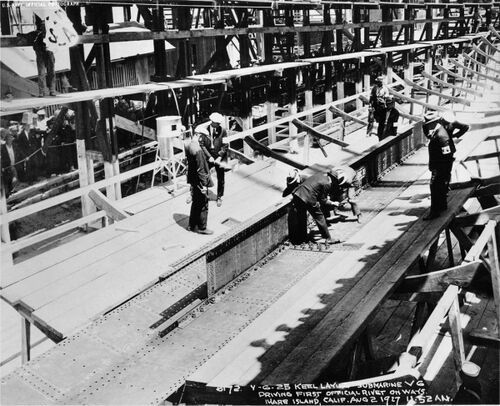
U.S. Navy photo courtesy Darryl Baker
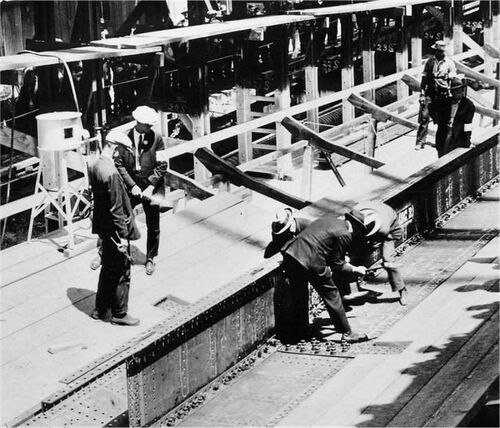
U.S. Navy photo courtesy Darryl Baker

U.S. Navy photo courtesy Darryl Baker
Page created by:
Ric Hedman & David Johnston
1999 - 2023 - PigBoats.COM©
Mountlake Terrace, WA, Norfolk, VA
webmaster at pigboats dot com

